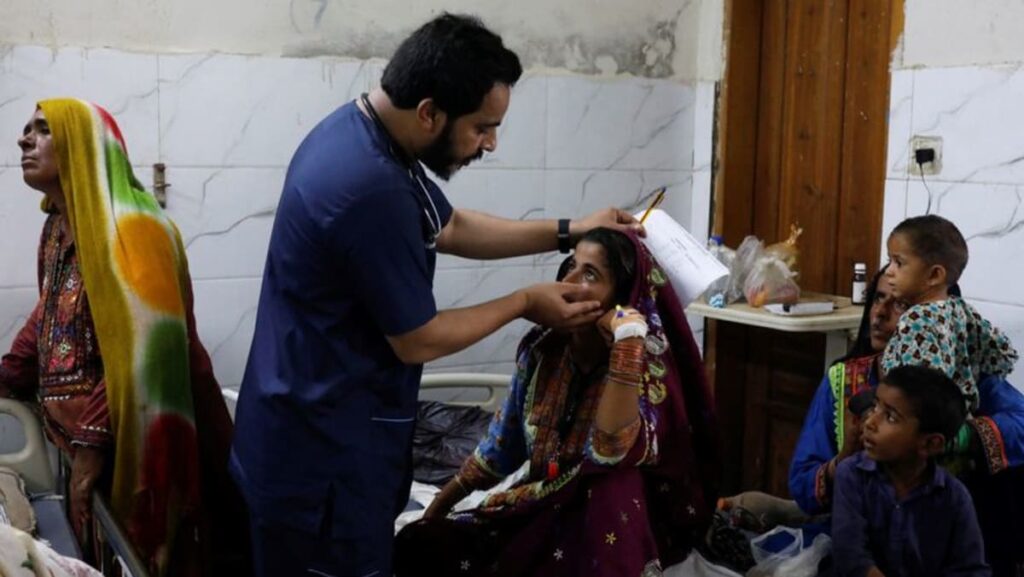SUJAWAL, Pakistan: Two of Fatima Bibi’s children have died of mosquito-borne disease malaria, and she fears her three-year-old will be next.
Her toddler Fizza has contracted the life-threatening disease for the second time in a month. The local hospital sent her home with some medicine, but her mother fears that it is too little, too late.
Fatima lives with her five children in a small mud house in Pakistan’s Sujawal district, with no toilet or running water. For them to get clean drinking water, the nearest source is a 30-minute walk away.
“In our village, there’s a lot of dirt and litter is everywhere. There are also many mosquitoes,” Fatima told CNA.
“What can we do? We’re poor and have to live here – where would we go? We don’t have the resources to settle in the city or take care of the kids there.”
Every family in the village, located in the nation’s southern Sindh province, has at least one child suffering from skin disease, diarrhoea, cholera, dysentery or malaria.
Much of this is a consequence of the devastating floods in 2022 that left a third of the country under water and impacted 33 million people. Many are still struggling to piece their lives back together two years on.
One of their biggest challenges is the continued and persistent spread of waterborne diseases, especially among children.
Cholera and dysentery are spread through contaminated water and food, while malaria is spread by infected mosquitoes which breed in stagnant water.
People have been demanding urgent action to combat the crisis, while health officials warn of a looming public health emergency in the months ahead if the situation does not improve.
https://www.channelnewsasia.com/asia/pakistan-floods-surge-waterborne-diseases-malaria-public-health-4740661


